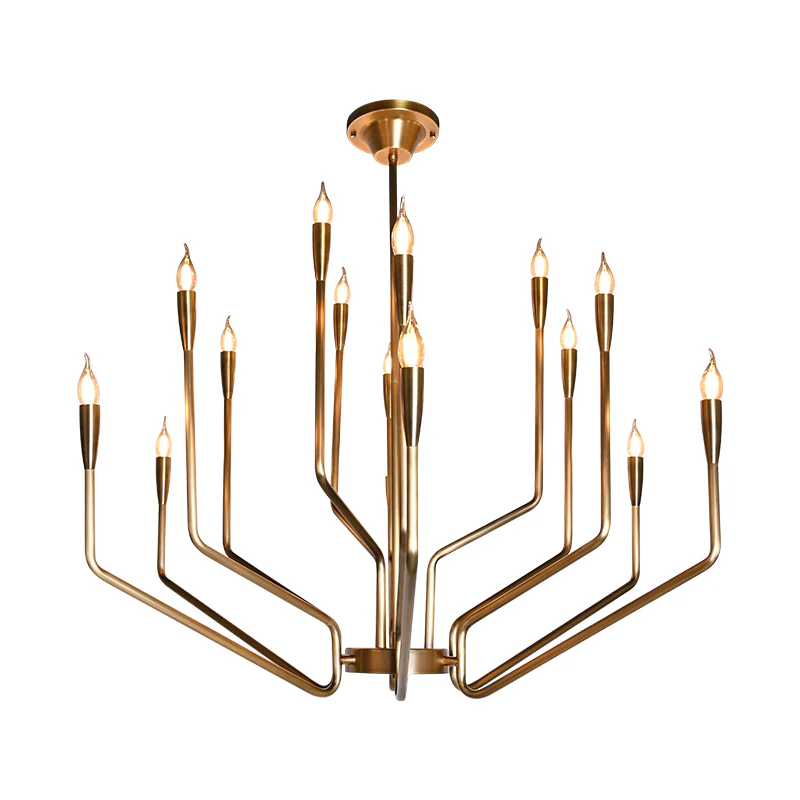The Enchanting World of Art Light: Transforming Spaces with Illumination
The Enchanting World of Art Light: Transforming Spaces with Illumination
Understanding Art Light: A Fusion of Creativity and Illumination
In the realm of design and Aesthetics, the term art light is becoming increasingly significant. This innovative concept merges artistry with functionality, creating a compelling visual effect that enhances the ambiance of any space. Whether you're an interior designer, an art enthusiast, or simply someone looking to elevate your Home decor, understanding the nuances of art light can bring a unique charm to your environment.
The Definition of Art Light
Art light refers to the various techniques and applications used to illuminate artistic works or spaces creatively. It's not just about providing illumination; it's about creating an experience that engages the viewer. This concept can manifest in multiple ways, including:
- Architectural lighting that accentuates building features
- Artwork lighting to highlight paintings or sculptures
- Ambient lighting that establishes a mood within a space
Why Art Light Matters
Emphasizing the importance of art light goes beyond mere Aesthetics; it impacts how we perceive space and art. Implementing effective lighting can:
- Enhance Artistic Value: Properly lit art pieces can elevate their significance, transforming ordinary art into moments of magic.
- Set Mood and Atmosphere: The right lighting can set a tranquil ambiance for relaxation or an energetic atmosphere for social gatherings.
- Highlight Architectural Features: Architectural lighting can accentuate unique features in a home or office, providing a sophisticated blend of style and functionality.

Types of Art Light Techniques
Several lighting techniques are commonly used in art light applications:
| Technique | Description |
| Track Lighting | A flexible lighting system that allows for adjustable fixtures to be moved along a track, providing directed light to specific areas. |
| Spotlighting | Focusing a beam of light on specific art pieces, creating a dramatic effect and a sense of importance. |
| Wall Washing | Using broad, even light to wash the walls with illumination, enhancing texture and depth in the room. |
| Backlighting | Illuminating art from behind, creating a halo effect that adds depth and intrigue. |
| Dimmer Switches | Offering flexibility in lighting intensity, allowing for the adjustment of mood and atmosphere. |
How to Choose the Right Art Light for Your Space
Choosing the right art light involves several considerations that impact both the art piece and the overall space. Here are key aspects to keep in mind:
- Type of Art: Different art forms require different lighting. A large canvas may need wide-angle tracks, while small sculptures might benefit from spotlights.
- Room Layout: Assess the layout of the room where the artwork will be displayed. Natural light sources and existing fixtures can influence the type of art light needed.
- Color Temperature: The color temperature of the bulbs substantially affects how art is perceived. Warmer tones can make art feel cozier, while cooler tones can add a modern touch.
- Energy Efficiency: Opting for energy-efficient lighting solutions not only benefits the environment but can also reduce electricity costs.
Tips for Optimal Art Lighting
To achieve the best results with art lighting, consider these expert tips:
- Layer Your Lighting: Use a combination of ambient, task, and accent lighting to create a well-rounded approach to illumination.
- Experiment with Angles: The angle of illumination can drastically change how art is perceived, so experiment until you find the optimal position.
- Regular Maintenance: Keep light fixtures clean and working efficiently to ensure consistent performance.
Exploring Art Light Innovations
As technology evolves, new innovations in art lighting continue to emerge. Here are a couple of exciting trends:
- Smart Lighting: Integrated smart systems allow users to control lighting via smartphone applications, making it easy to adjust brightness, color, and timing.
- LED & Sustainable Lighting: The rise of LED technology offers a sustainable solution for art lighting, enhancing efficiency while reducing environmental impact.
Common Questions About Art Light
- What are the best bulbs for displaying art? Generally, bulbs with a color rendering index (CRI) of 90 or higher are preferred for art displays to ensure true color representation.
- How does art light differ from regular lighting? Art light is specifically designed to enhance and showcase art, focusing on angles, color temperature, and intensity to create an evocative experience.
- Can art light be automated? Yes, modern advancements in lighting technology allow for automation, creating customizable lighting experiences through timers and sensors.
Conclusion: The Fusion of Beauty and Functionality
In conclusion, the concept of art light is not merely about providing illumination; it’s an essential aspect of showcasing creativity and enhancing the sensory experience of observing artwork. By understanding the different lighting techniques, selecting the appropriate fixtures, and being aware of innovations in technology, individuals can transform their living or workspaces into stunning realms of art and light. Whether you're looking to illuminate a cherished artwork or create an inspiring atmosphere, the world of art light beckons with endless possibilities. Embrace this fusion of beauty and functionality with purposeful lighting choices that speak volumes.
Keep in mind, the right lighting can completely transform your space and how you interact with art. As you embark on your artistic lighting journey, prioritize experimenting and discovering what resonates best with your aesthetic vision.
